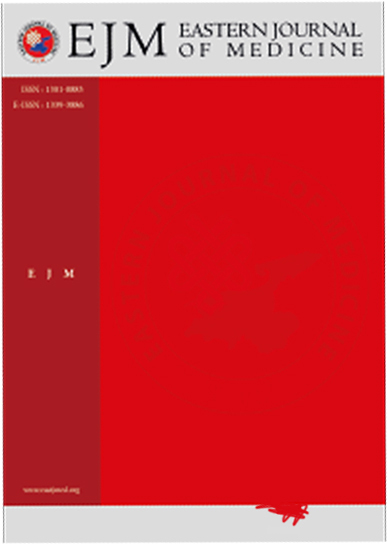Effects of trauma and cisplatin on survıval ın drg neurons
ayşe şeker1, Ramazan Üstün21Department Of Physiology, Van Yüzüncü Yıl University, Van, Turkey2Department Of Physiology, Bolu Abant Izzet Baysal University, Bolu, Turkey
INTRODUCTION: Today, peripheral nerve injuries are one of the clinically critical pathological conditions with a high prevalence and significantly reduce the quality of life of individuals. In peripheral nerve injuries, structural and functional deteriorations of varying rates and reversible or permanent nature are observed in sensory, motor, and autonomic nerve fibers. In peripheral nerve injuries, although the source varies, practical treatment approaches and chemical agents are needed to reverse the pathological processes that develop in the acute and chronic periods.
METHODS: In this study, the effects of trauma and neurotoxicity at the cellular level in the acute period were examined, and the role of these factors in neuronal survival was evaluated. Balb/C strain mice with high regeneration capacity, 68 weeks old, were used in the study. In vitro experiments were performed on dorsal root ganglion (DRG) neurons isolated from these animals. Three groups were formed in the experimental design: The control group, the axotomy (trauma) group, and the cisplatin-treated neurotoxicity group.
RESULTS: According to the obtained data, it was observed that the traumatic effect modeled with the axotomy method reduced neuronal survival more significantly compared to cisplatin-induced neurotoxicity (p<0.05).
DISCUSSION AND CONCLUSION: These findings indicate that preserving neuronal survival in the acute period is critical in managing nerve injury.
Manuscript Language: English














